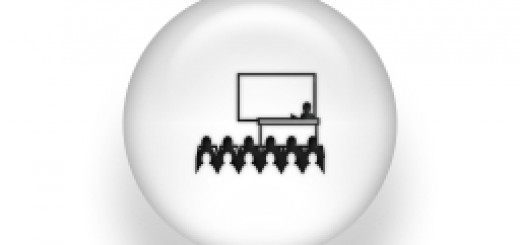Which is the origin of the resistivity anisotropy in iron superconductors?
 Wednesday, 16 February 2011, 12:00-13.00
Wednesday, 16 February 2011, 12:00-13.00
Prof. Leni Bascones
Instituto de Ciencia de Materiales de Madrid, CSIC
ABSTRACT:
The study of strongly correlated materials is one of the most active areas of materials science and continuously offers new surprises to the scientific community. The diversity of phases found in these systems is extremely rich. They show superconductivity, magnetism and nematicity among other states. Very often these phases compete. The discovery in 2008 of high-Tc superconductivity in iron materials, is the latest major discovery in the field and initiates a new era in the study of superconductivity.
In these materials superconductivity appears when doping an anisotropic and metallic magnetic state. The origin of superconductivity in these materials remains unknown. On spite of some similarities in the phase diagram, metallicity in the magnetic state and multi-orbital character make these materials essentially different from the cuprates, the other high-temperature superconductors known. In the first part of the talk I will review the main properties and open questions which appear when studying these materials [1]. I will emphasize how important it is to understand the interplay between magnetic, orbital and structural degrees of freedom.
Later I will concentrate on recent experiments which have uncovered a large in-plane resistivity anisotropy with a surprising result: the system conducts better in the antiferromagnetic x direction than in the ferromagnetic y direction [2]. This result has been interpreted by several authors in terms of a nematic state and orbital ordering. We address this problem by calculating the ratio of the Drude weight along the x and y directions in the magnetic state [3]. Our results points against orbital ordering as the origin of the observed conductivity anisotropy, which may be ascribed to the anisotropy of the Fermi velocity [4].
[1] For a recent review see Paglione and Green, Nature Physics 6, 645 (2010)
[2] Chu et al, Science 329, 824 (2010)
[3] E. Bascones, M.J. Calderón and B. Valenzuela, PRL.104, 227201 (2010)
[4] B. Valenzuela, E. Bascones and M.J. Calderón, PRL 105, 207202 (2010)


















